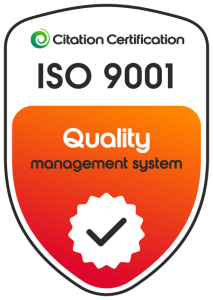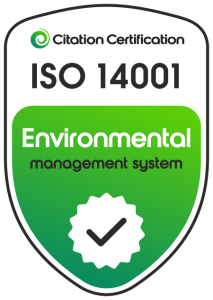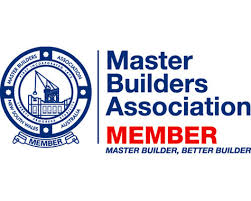What Features Make a Building Sustainable?
16/03/2021
For saving energy and minimising environmental impact, modern buildings should be designed, built and operated in non-toxic, ethical, responsible and efficient ways. This is good both for the environment and economy because of the responsible and cost-effective practices.
What features make a building sustainable?
Whenever we hear the word “sustainable” we immediately think about protecting the environment and conserving our natural resources. However, it’s not just about the environment because we also have to think about human comfort and progress. After all, one main reason we protect the environment in the first place is to protect and sustain our species. The ultimate goal is still about protecting humans and securing our future.
To achieve that, we have to re-think about our current practices including the construction of new buildings as well as our activities inside them. For example, the materials should be non-toxic and ethically sourced (not as a result of illegal logging). The way those materials are manufactured should have minimal carbon output and that the raw materials were extracted through responsible means.
During the design and construction of the building, we also have to think about both the environmental and social impact. The new structure will cause disturbance to natural ecosystems (e.g. destruction of habitat and food sources, displacement of animals) and human communities (e.g. noise and potential pollution during and after construction, major change in the landscape views, potential impact to the community’s way of life). Those effects should be anticipated and handled responsibly and ethically.
During the operation of the building, it’s important that we efficiently use water and energy. This benefits the environment, the economy and the building owners and managers (including the occupants and tenants). Less water and energy are being used and paid for. Occupants, households and tenants gain savings on their utility bills. The accumulating cost savings will put building owners to a huge advantage (they can use the savings for fresh capital). For instance, Australian buildings that have a Green Star certification use 50% less potable water (source). It’s also possible to achieve that same level of savings in energy consumption.
Here, we think of sustainability upfront (design and construction) and for the long term (operation and regular use of water and energy). The building materials should be non-toxic as well as sourced and manufactured through responsible means. The design and construction should be done while being mindful of the natural ecosystems and human communities. Finally, the building operations should always have a high level of efficiency when it comes to using water and energy (and waste is properly handled). The approach should be integrated and inclusive. Forgetting about just one dimension can have an enormous environmental impact.
Here at Archcon, we use our 30+ years of professional experience in residential and commercial construction to maximise efficiency and take an integrated approach. We carefully study and execute each customer’s requirements while being mindful of the environment. Our team always keeps up to date with the latest industry standards and delivers excellent results through carefully planned work.






